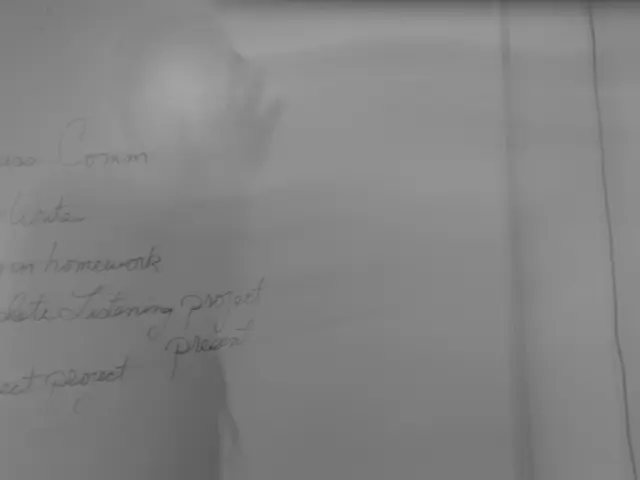Lower than Ever Wine Output: Understanding the Causes Behind This Decline
In 2024, the global wine industry faced a significant setback as production dipped by nearly 5%, marking the lowest level since 1961. This decline can be attributed to extreme weather events caused by climate change, which adversely affected vineyards worldwide.
According to the International Organisation of Vine and Wine (OIV), unpredictable meteorological phenomena such as early frosts, heavy rains, prolonged droughts, and hailstorms took a toll on vineyards in both hemispheres, causing the drop in production.
The production woes were not limited to one region. Italy, traditionally a leading wine producer, saw a 6% decrease in production, falling to 44.1 million hectoliters. France, known for its renowned vineyards, saw a dramatic 23.5% drop, producing only 36.1 million hectoliters—the lowest production since 1957. Spain's production also dipped by 11.1%, yielding 31 million hectoliters.
Even consumption figures showed a downward trend. Austria's consumption decreased by 2.6% to 2.2 million hectoliters, while Germany saw a 3% drop to 17.8 million hectoliters. The European Union as a whole experienced a 2.8% decrease, amounting to 103.6 million hectoliters—a 5.2% drop from the five-year average.
The decline in consumption continues a trend driven by short-term economic factors and changes in lifestyle, social habits, and consumer behavior. Inflationary pressures and a shift towards healthier lifestyles have reduced global wine consumption. Additionally, some wine regions are reducing vineyard areas due to market demand adjustments, particularly for underperforming varietals.
The wine industry faces internal structural issues as well. Overproduction and a need for reforms such as lowering grape yields and freezing new planting authorizations aim to balance supply and demand more effectively. Generational changes and consumer behavior shifts, along with external pressures such as trade tariffs and inflation, further affect market dynamics and demand.
Despite the production and consumption dip, the overall price level of global wine exports remains high, partly due to the increasing trend towards premium wines in recent years. The average export price remains unchanged at 3.60 euros per liter. The estimated global wine consumption for 2024 stands at 214.2 million hectoliters, a decrease of 3.3% from the previous year.
Despite the challenges, the global wine industry continues to adapt and evolve, striving to maintain quality and sustainability in the face of climate change and economic pressures.
- The economic and social impact of the wine industry's production and consumption decline is further complicated by personal-finance factors, such as inflationary pressures and shifts towards healthier lifestyles reducing global wine consumption.
- The global wine industry's response to climate-change related disasters includes the adoption of environmental-science practices, such as adjusting vineyard areas and lowering grape yields to align supply and demand, while also emphasizing quality and sustainability.
- To address the financial implications of the wine industry's struggles, policymakers must consider implementing economic and social policy reforms that support growers and encourage investment in more resilient vineyards, science-based forecasting, and research in climate-change adaptation strategies.




